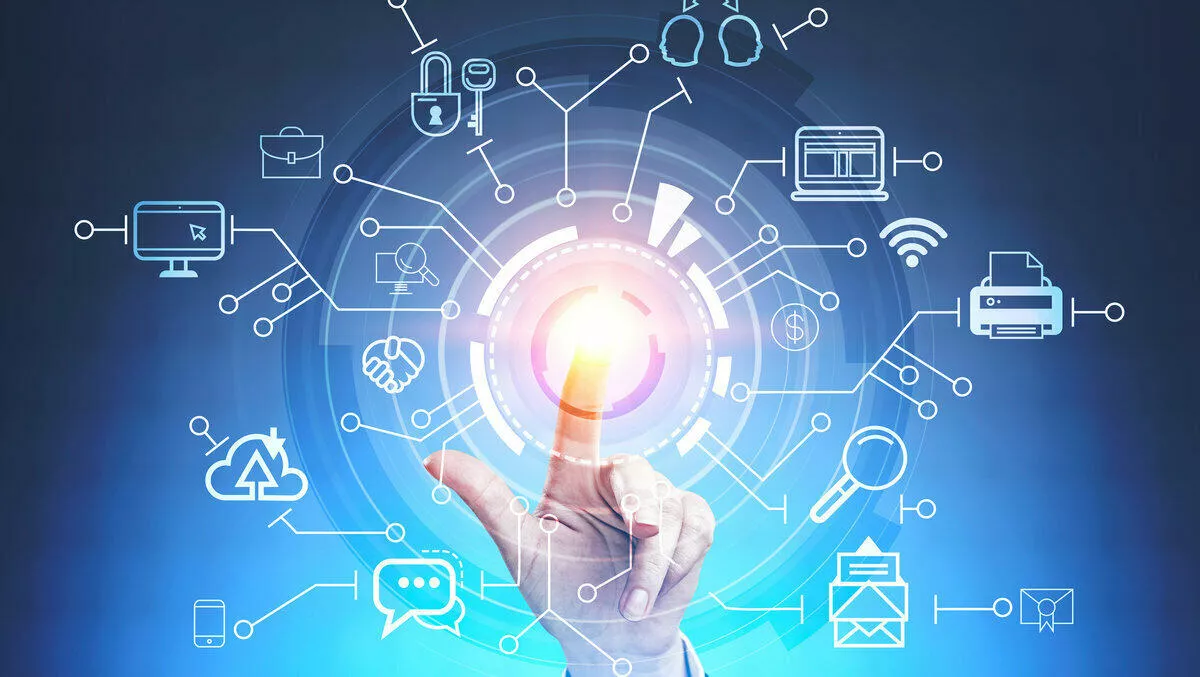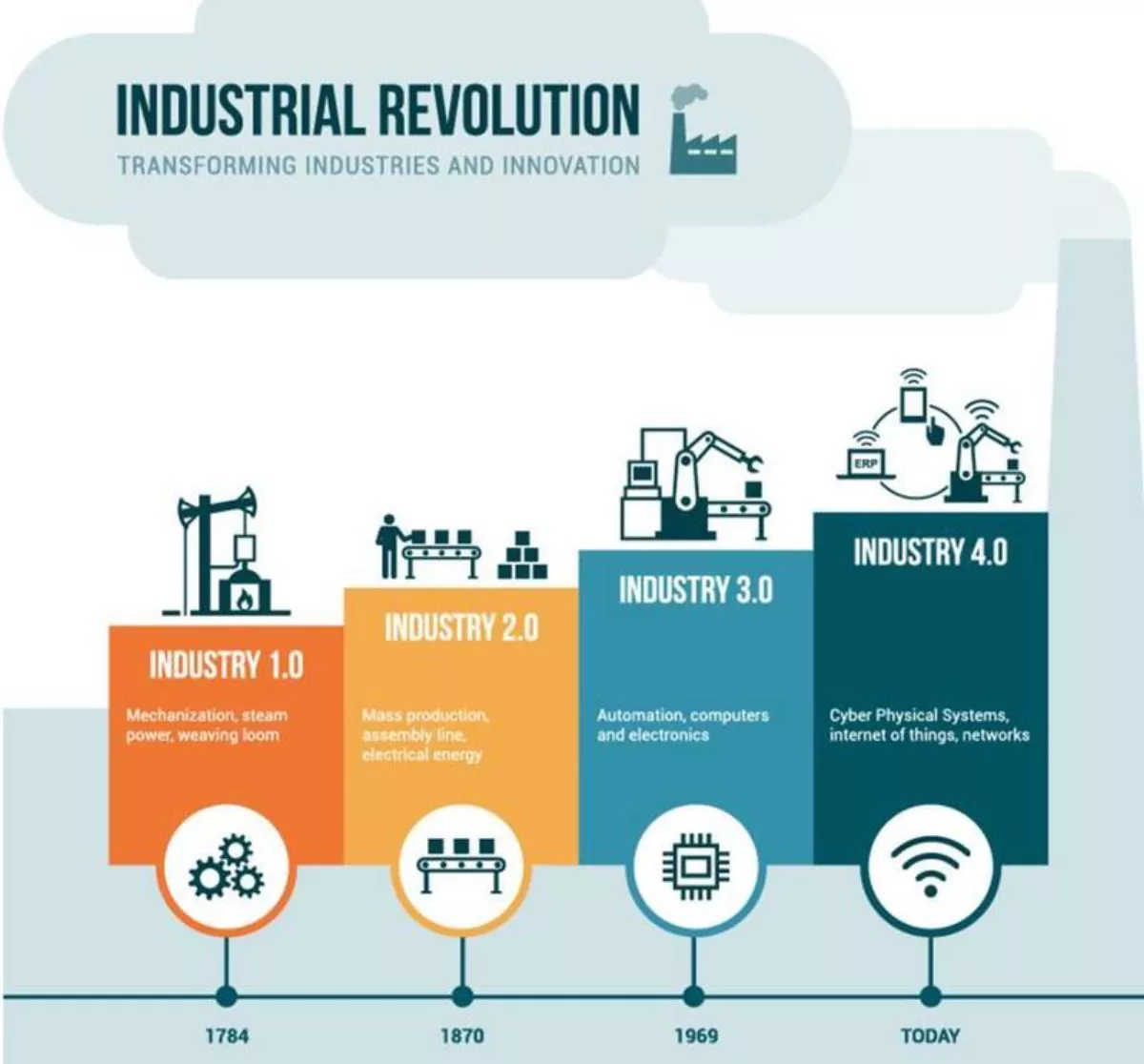
The fourth Industrial Revolution is here and now
The fourth Industrial Revolution is underway, driven by the Softwarisation of Everything, otherwise known as the internet of things – a world in which literally everything is generating data and is interconnected.
Lines between the physical and digital worlds are becoming increasingly blurred creating endless possibilities, as well as technological and human challenges.

Yet the economic and environmental benefits are huge, leading to new SaaS-based business models, even for things in the physical world such as ride/car-sharing. Economically this approach should lead to improved allocation of the world's limited resources, and consumers getting better value by paying only for what they use.
But what does this really mean for companies providing products and services?
Historically companies derived their revenue by selling point solutions such as a car, a jet engine, a welding robot or a load balancer. While product managers cared deeply about how customers used their products, they weren't necessarily focused on those customers deriving the maximum value.
Take a car, for example, that might provide an excellent driving experience but sits idle on the parking lot for 95% of the time.
As competition between vendors intensifies, product managers must create more differentiation by leveraging new technologies and new business models to provide customers with greater overall value.
A business that previously sold jet engines might have to transform to selling jet propulsion by the hour. Complex interconnected global systems are required to manage usage, collect metrics, measure wear-and-tear and schedule maintenance when required in a way that does not disrupt airline flight schedules.
A company that previously sold cars, might have to transform to selling rides. Vehicles are located or hailed with an app, and charged only for what a person uses at the end of the journey. This not only changes the way manufacturers think about the design and maintenance of their vehicles, but a greater proposition of the value chain now resides in technology to manage this.
An organisation that previously sold load balancing appliances, might transform to selling application availability on a pay-as-you-go basis measured against some kind of service level agreement. An intelligent application delivery fabric (supervisor), delivered through the cloud, uses predictive analytics and advanced automation capabilities to self-heal impending threats to the application's quality-of-service, creating a far superior customer experience and lower operational costs.
All these examples require smart insights, predictive analytics supported by artificial intelligence, event-driven architectures, products that are always connected and act autonomously potentially through self-healing capabilities. In other words, they deliver higher levels of automation running silently in the background. Invisible technology, visible impact!
To make an impact we all need to reverse engineer the future:
- What does the future look like?
- What is the hidden need in that future?
- When will that future occur?
Also consider: What does invisible technology mean, and what might the future look like for a given organisation?

